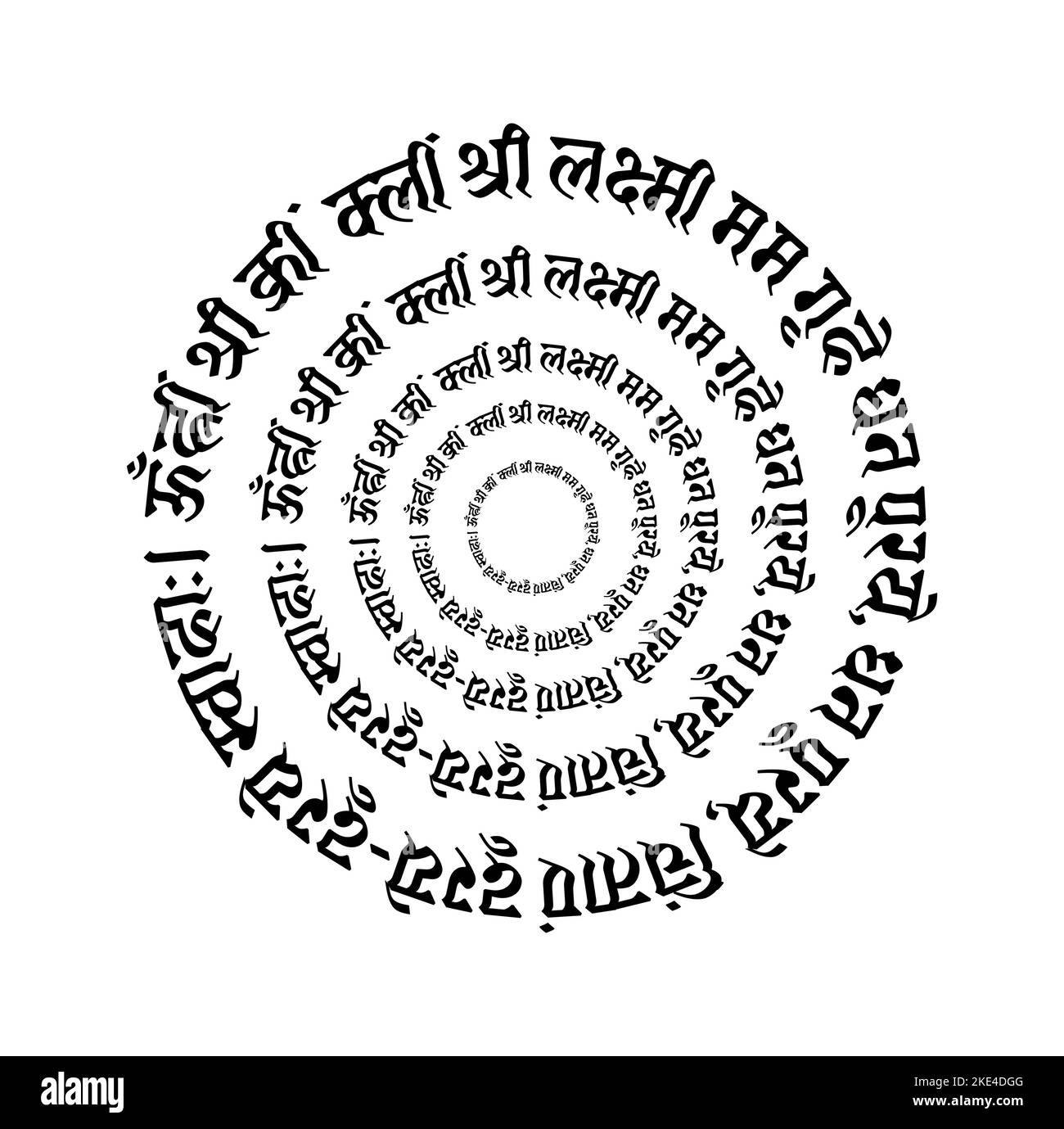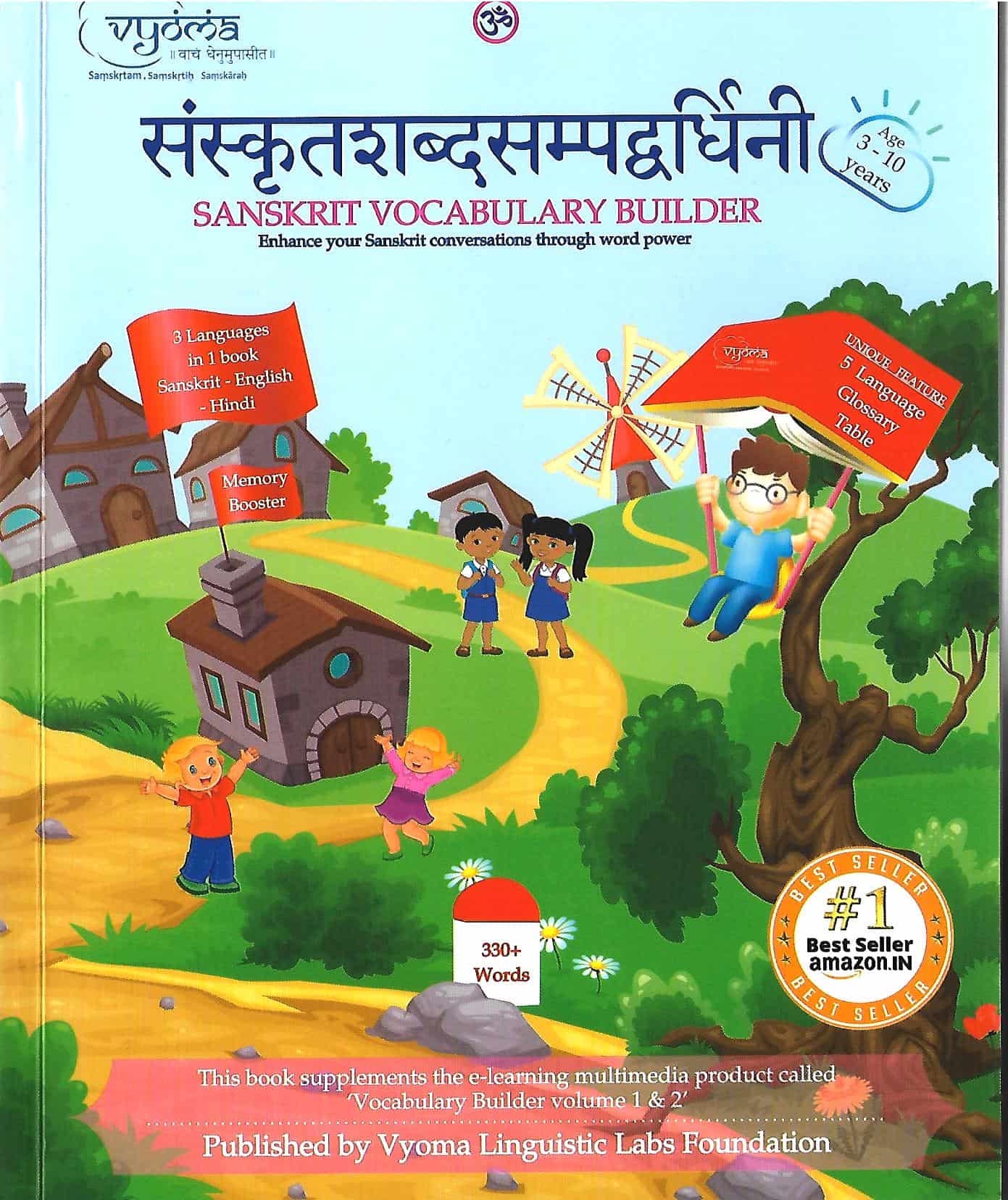Have you ever wondered about the connection between ancient wisdom and the simple act of breathing? Well, buckle up because we're diving deep into the fascinating world of Sanskrit, where language meets spirituality in the most profound ways. Today, we're exploring the Sanskrit word for breath and uncovering its significance in both historical and modern contexts. This journey is about more than just words—it's about understanding the essence of life itself.
Imagine a language so ancient that it's been around for thousands of years, yet still holds relevance in our modern world. Sanskrit, often referred to as the "language of the gods," is a treasure trove of wisdom and insight. Among its many treasures, the Sanskrit word for breath holds a special place, symbolizing the life force that sustains us all.
As we delve into this topic, we'll explore not only the linguistic aspects but also the spiritual and philosophical significance of the Sanskrit word for breath. This isn't just about learning a new word; it's about embracing a deeper understanding of ourselves and the universe around us.
- How To Biwire Speakers A Comprehensive Guide For Audiophiles
- Hikaru Nagi Interview Unveiling The Stars Journey And Secrets
Understanding the Sanskrit Word for Breath
Let's get down to the nitty-gritty. The Sanskrit word for breath is "Prana," and it's more than just a word—it's a concept, a philosophy, a way of life. Prana is often translated as "life force" or "vital energy," and it plays a crucial role in various spiritual practices, including yoga and meditation.
Prana: The Life Force
Prana isn't just about the air we breathe; it's about the energy that flows through us, animating every cell in our bodies. In Sanskrit, the word "Prana" is derived from the root "an," which means "to breathe" or "to move." So, when we talk about Prana, we're talking about the essence of life itself.
- Prana is the energy that drives our physical and mental processes.
- It's the bridge between the body and the mind, connecting our inner world with the outer universe.
- In yoga, Prana is harnessed through specific breathing techniques known as Pranayama, which aim to balance and enhance this vital energy.
The Historical Significance of Prana
Now, let's take a trip back in time. The concept of Prana has been around for thousands of years, dating back to the ancient Vedic texts. These texts, written in Sanskrit, are some of the oldest religious scriptures in the world, and they provide a wealth of knowledge about the human condition and the universe.
- Drakes Mom The Woman Behind The Music Icon
- Luxmovies New Website Your Ultimate Movie Streaming Destination
The Vedic Connection
In the Vedas, Prana is described as one of the five vital energies or "Vayus" that govern different aspects of our being. These Vayus include:
- Prana Vayu: Responsible for the breath that enters the body.
- Apana Vayu: Governs the downward and outward movement of energy.
- Samana Vayu: Balances and assimilates energy within the body.
- Udana Vayu: Facilitates growth and expression.
- Vyana Vayu: Circulates energy throughout the body.
Understanding these Vayus is key to unlocking the full potential of Prana and harnessing its power for personal growth and transformation.
Prana in Modern Context
Fast forward to the present day, and you'll find that the concept of Prana is still alive and well. In fact, it's gaining popularity in the Western world, thanks to the growing interest in yoga and mindfulness practices. People are realizing that the ancient wisdom of Sanskrit has much to offer in our fast-paced, modern lives.
Pranayama: The Art of Breath Control
Pranayama is one of the most powerful tools for working with Prana. It involves specific breathing techniques designed to regulate and enhance the flow of vital energy in the body. Some of the most common Pranayama practices include:
- Alternate Nostril Breathing (Nadi Shodhana)
- Box Breathing (Sama Vritti)
- Breath of Fire (Kapalabhati)
These techniques not only improve physical health but also promote mental clarity and emotional balance. It's like hitting the reset button for your mind and body.
The Science Behind Prana
But wait, there's more! While the concept of Prana may sound mystical, there's actually a scientific basis for its effects on the body and mind. Research has shown that controlled breathing can have a profound impact on our physiology, influencing everything from heart rate to stress levels.
Benefits of Pranayama
Here are just a few of the scientifically-backed benefits of practicing Pranayama:
- Reduces stress and anxiety
- Improves lung capacity and respiratory function
- Enhances focus and concentration
- Boosts immune system function
- Promotes better sleep
So, whether you're looking to improve your physical health or simply find a little peace in a chaotic world, Pranayama has something to offer.
Connecting with Prana in Daily Life
Now that we've explored the theory and science behind Prana, let's talk about how you can incorporate it into your daily life. It's not just about doing a few breathing exercises; it's about cultivating awareness and mindfulness in everything you do.
Tips for Cultivating Prana
Here are some practical tips for connecting with your inner Prana:
- Start your day with a few minutes of deep breathing.
- Practice mindfulness throughout the day by paying attention to your breath.
- Incorporate Pranayama into your yoga practice.
- Spend time in nature to recharge your energy.
- Practice gratitude and positive thinking to enhance your life force.
Remember, Prana is always with you, flowing through your body and connecting you to the world around you. All you need to do is tune in and let it work its magic.
Exploring the Spiritual Dimensions of Prana
For many, Prana is more than just a physical or mental phenomenon; it's a spiritual journey. In the spiritual traditions of India, Prana is seen as a bridge between the individual self and the universal consciousness. It's the energy that connects us all, transcending the boundaries of time and space.
The Role of Prana in Spiritual Growth
Here are some ways that Prana can enhance your spiritual journey:
- Pranayama practices can help quiet the mind and open the heart, making it easier to connect with the divine.
- By cultivating awareness of Prana, you can develop a deeper sense of presence and connection with the universe.
- Prana is often associated with the chakra system, which represents different energy centers in the body. Working with Prana can help balance and activate these chakras, leading to greater spiritual awakening.
So, whether you're a seasoned practitioner or just starting out, there's always more to discover about the spiritual dimensions of Prana.
Conclusion: Embrace the Power of Prana
As we wrap up our exploration of the Sanskrit word for breath, it's clear that Prana is much more than just a word. It's a powerful concept that can transform the way we live, think, and experience the world around us. By understanding and working with Prana, we can unlock our full potential and live more fulfilling, balanced lives.
So, what are you waiting for? Take a deep breath, feel the Prana flowing through you, and start your journey today. And don't forget to share your experiences and insights with us in the comments below. Together, we can create a community of Prana enthusiasts, spreading the wisdom of Sanskrit to the world.
Table of Contents
- Sanskrit Word for Breath: Unveiling the Sacred Language of Life
- Understanding the Sanskrit Word for Breath
- Prana: The Life Force
- The Historical Significance of Prana
- The Vedic Connection
- Prana in Modern Context
- Pranayama: The Art of Breath Control
- The Science Behind Prana
- Benefits of Pranayama
- Connecting with Prana in Daily Life
- Tips for Cultivating Prana
- Exploring the Spiritual Dimensions of Prana
- The Role of Prana in Spiritual Growth
- Conclusion: Embrace the Power of Prana



Detail Author:
- Name : Catalina O'Reilly
- Username : crystel22
- Email : michael00@konopelski.info
- Birthdate : 2002-02-14
- Address : 2886 Madelynn Avenue Suite 392 South Ramonamouth, WV 38674
- Phone : (727) 281-2283
- Company : Kling-Davis
- Job : Welder
- Bio : Est amet et et nihil ab natus. Aut quod sit incidunt. Molestiae sint est dignissimos harum molestiae non.
Socials
facebook:
- url : https://facebook.com/aron.crona
- username : aron.crona
- bio : Rem eum odio quos voluptatem repudiandae enim.
- followers : 6015
- following : 1579
instagram:
- url : https://instagram.com/aron_crona
- username : aron_crona
- bio : Inventore natus quia laudantium aliquam et. Et laudantium ea consequatur quam et ut cum.
- followers : 1854
- following : 231